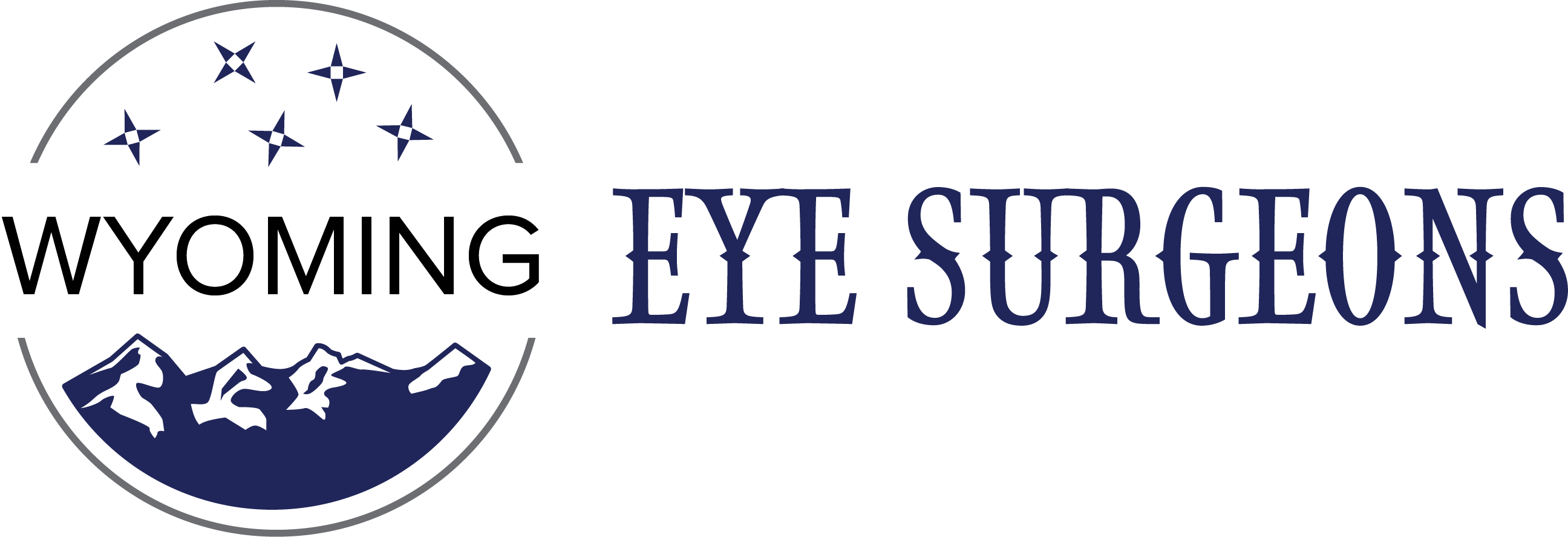What Are Cataracts?
Our eye functions much like a camera. The natural lens focuses images onto the back of the eye so we can see clearly, much like the lens of a camera focusing images onto film for a clear picture. At birth, our natural lens is clear, but as we age it yellows and hardens. In addition, the lens may become cloudy. This condition is called a cataract, and is usually a result of the natural aging process. Everyone over the age of 60 will at some point develop cataracts.
Cataract Symptoms
As the natural lens becomes cloudier, vision becomes compromised. Symptoms that could indicate the presence of a cataract include a gradual dulling of colors, halos around lights or glare when driving, difficulty reading in low light, blurred or double vision, and a frequent need to change your glasses prescription.
Cataract Surgery
A cataract can progress until eventually there is a complete loss of vision in your eye. Surgery is the only way a cataract can be removed. You should consider surgery when cataracts cause enough loss of vision to interfere with your daily activities.
Cataract Replacement Lens Options
There are many different types of intraocular lens implants (IOLs) to correct a cataract. In addition, many people with clear lenses are opting for lens exchange to improve near and distance vision. Lens replacement remains the most frequently performed surgery in the U.S. and is one of the safest as well. You have three options today in choosing a lens replacement solution for your vision needs.
